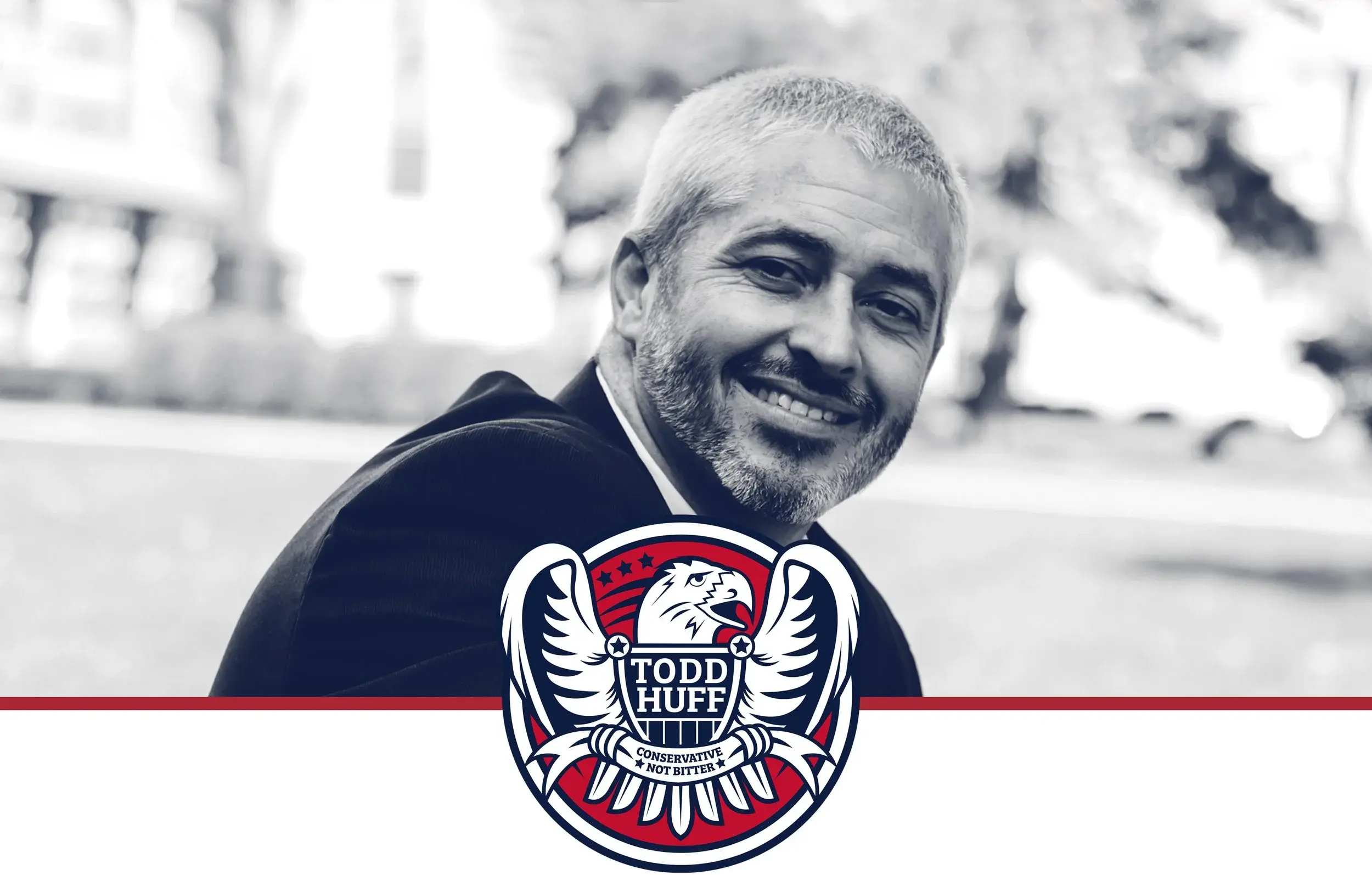
Leverage and Shutdowns: When Pain Becomes a Political Strategy
Opinion • Conservative commentary – Adapted from a Todd Huff article linked here

leading Democrats have openly framed the growing hardship of everyday Americans as
leverage to gain policy concessions. That framing isn’t coming from critics—
it’s reflected in their own words and the media coverage surrounding the standoff over
spending and health-care subsidies. :contentReference[oaicite:0]{index=0}
What they’re signaling
Across interviews and reports, Democrats have linked the shutdown’s mounting pressure to
their negotiating posture—particularly around extending Affordable Care Act subsidies and
reversing summer Medicaid reforms. In short, as the clock ticks toward open enrollment,
the cumulative pain is treated as a tool to move the other side. :contentReference[oaicite:1]{index=1}
“Leverage” is the word that keeps surfacing as the hardship grows. :contentReference[oaicite:2]{index=2}
This isn’t just a stray phrase. National coverage has documented a broader tactical shift:
a defiantly tougher approach in which Democrats seek to maximize pressure rather than
accept short-term compromises like a “clean CR.” :contentReference[oaicite:3]{index=3}
The stakes behind the strategy
- Policy leverage: Tying negotiations to ACA timelines raises the
political cost of delay and dares Republicans to absorb public frustration as
enrollment dates loom. :contentReference[oaicite:4]{index=4} - Filibuster math and narrative war: Senate procedure and cloture votes
complicate quick fixes, while both sides wage a messaging battle over who’s to blame for
the stalemate. :contentReference[oaicite:5]{index=5} - Public impact: Prolonged shutdowns threaten delayed payments,
program disruptions (e.g., SNAP/WIC), and uncertainty for federal workers and
contractors—real-world pain that fuels the leverage argument. :contentReference[oaicite:6]{index=6}
Who feels it first
Air traffic controllers, frontline federal employees, and low-income families reliant on
assistance programs are among the earliest to feel the squeeze. Small businesses that sell
to federal agencies or depend on timely approvals also get hit early. As the weeks add up,
so does the pressure on households and local economies. :contentReference[oaicite:7]{index=7}
Why “leverage” language matters
Talking about Americans’ hardship as leverage isn’t just a semantic choice—it’s a moral
and political one. It normalizes the idea that inflicting (or tolerating) pain on the
public is an acceptable bargaining chip. Even if one believes their policy goals are
worthy, admitting the tactic exposes a win-at-any-cost mindset that erodes trust in
institutions and treats citizens as pawns in a D.C. chess match. :contentReference[oaicite:8]{index=8}
What to watch next
- Enrollment deadlines: As ACA sign-ups approach, expect pressure
campaigns to intensify—and watch whether leadership moderates rhetoric about “leverage”
as the human impact grows. :contentReference[oaicite:9]{index=9} - Short-term spending paths: Any path toward a temporary funding patch
(“clean CR” or otherwise) will reveal who’s actually willing to de-weaponize the
shutdown and stop using pain as political currency. :contentReference[oaicite:10]{index=10} - Polling and blame: Media narratives around who “owns” the shutdown can
shift quickly once paychecks, benefits, and services are disrupted, changing incentives
on both sides. :contentReference[oaicite:11]{index=11}
Bottom line
The more candid politicians become about using hardship as a bargaining chip, the clearer
the choice is for voters: Do we reward a strategy that treats our pain as a means to an
end—or do we demand leaders who refuse to build leverage on the backs of the people they
serve? That’s the real referendum of this shutdown. :contentReference[oaicite:12]{index=12}










